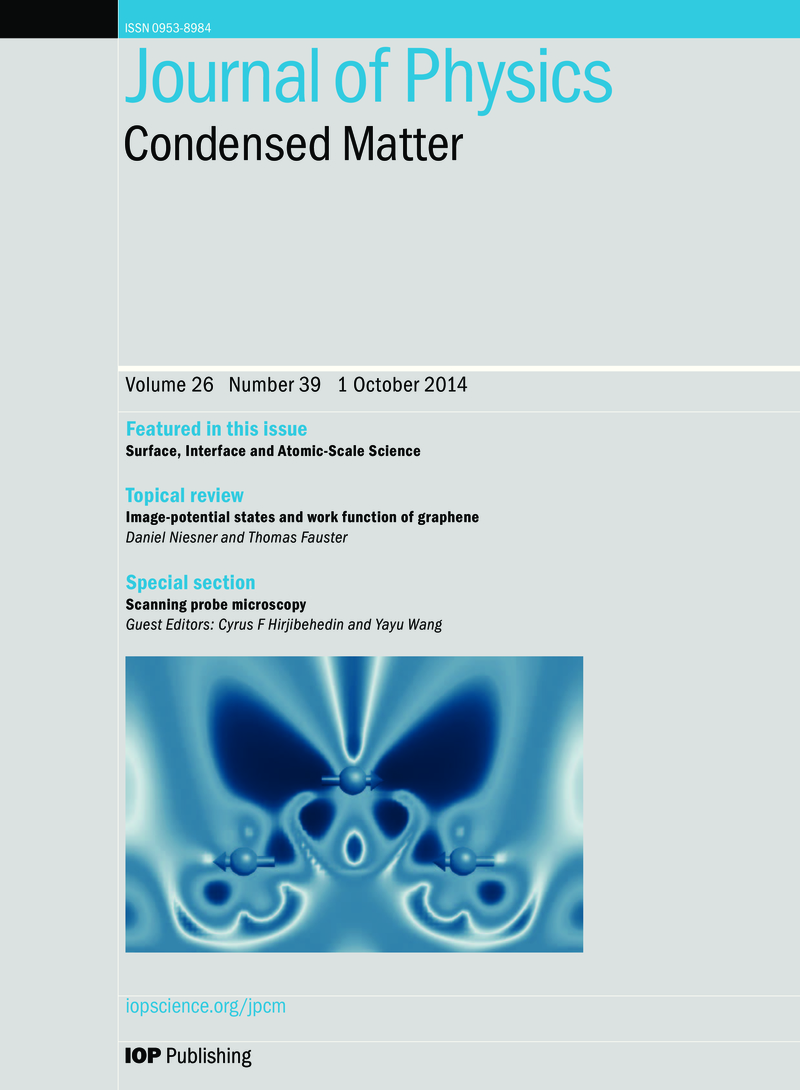
We consider how one can manipulate the properties of a magnetic surface using non-magnetic single atomic adsorbants. The image shows an Ir adatom adsorbed on a non-collinear magnetic surface, the monolayer of Mn on W(110). Due to the hybridisation of its atomic orbitals with those of the magnetic surface, the Ir atom develops a large spin polarisation close to the Fermi level despite a small induced magnetic moment. We show that this spin polarisation changes sign in the vacuum due to the different decay rates of the orbital symmetries involved.
This is illustrated in the figure on the left for a cross-section through the Ir atom and perpendicular to the surface plane for occupied energy levels close to the Fermi energy.
As well as this, due to its large nuclear charge and subsequent increased spin-orbit coupling strength, the Ir adatom exhibits a giant anisotropy of its local density of states. The result is a large tunneling anisotropic magnetoresistance (TAMR) effect that will be measurable even with a non-magnetic STM tip.